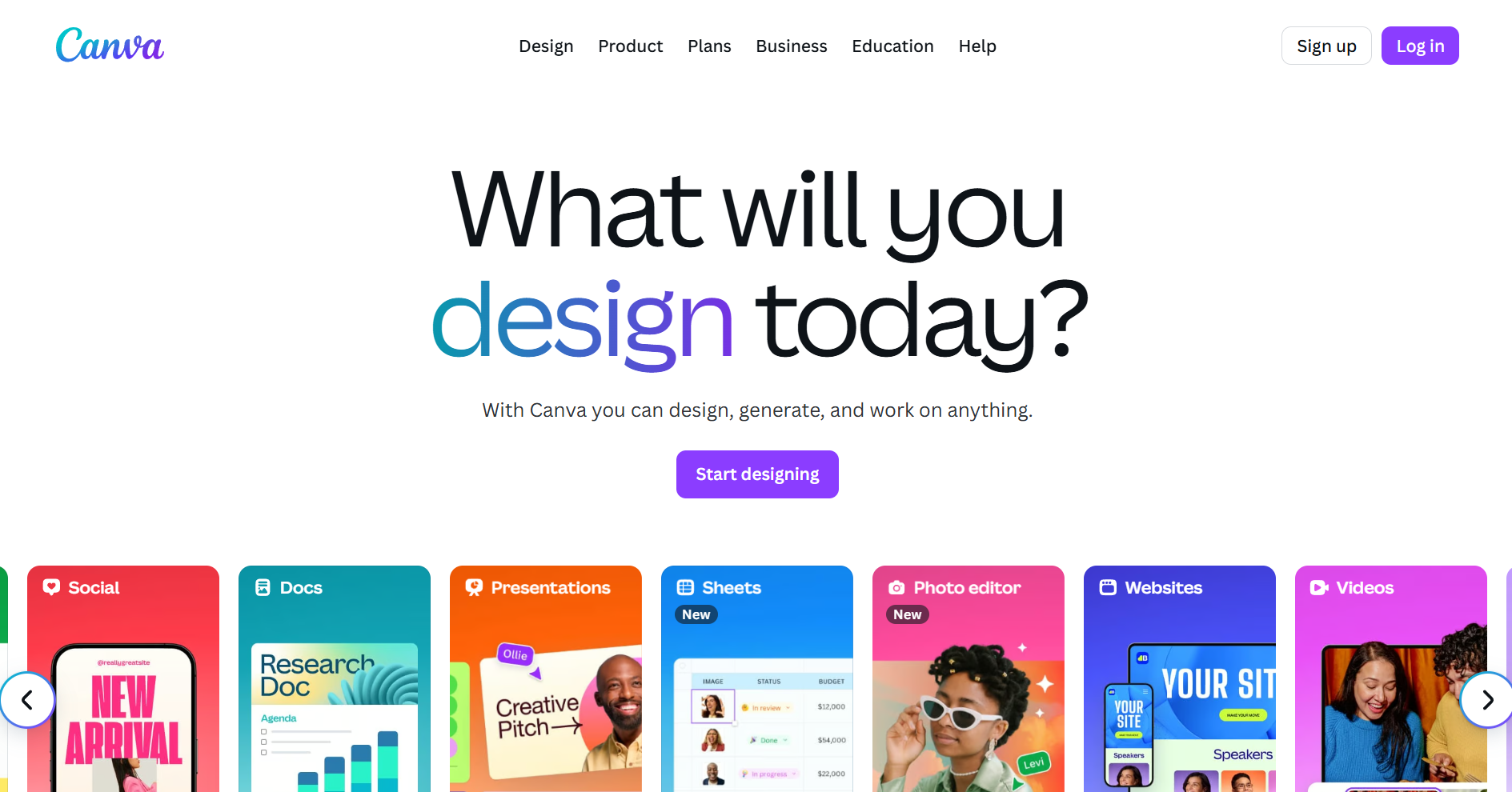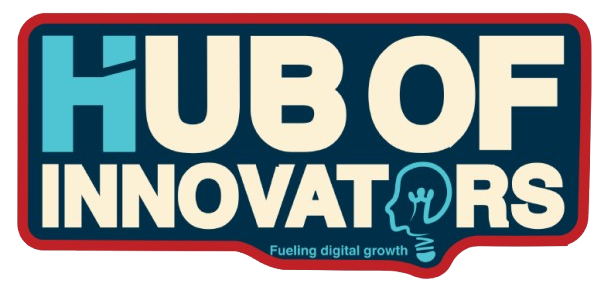These days, having an impressive social media portfolio feels almost as essential as having a resume. Whether you’re a designer, writer, marketer, or content creator, your online presence says a lot about who you are professionally.
I remember when I first started had great work to show but didn’t know how to present it effectively. It took some trial and error to figure out what really makes a portfolio stand out.
What is a social media portfolio?
A social media portfolio is essentially your professional highlight reel. It’s a curated collection of your best work, achievements, and skills that you showcase online. Think of it as your digital business card combined with your greatest hits album. It’s not just about showing what you’ve done; it’s about showing who you are as a professional.
Unlike a traditional resume that lists your experience, a portfolio shows your experience in action. It’s visual, it’s engaging, and it gives people a much better sense of your capabilities and style. A well-structured portfolio can help you attract potential clients, employers, or collaborators, making it a vital tool in your professional toolkit.
Related article: Best Time to Post on Social Media in 2025
Why Do You Need a Social Media Portfolio?
You’ve put in the work to build your skills, but just listing them on a resume isn’t enough anymore. A strong social media portfolio can be your secret weapon, turning you from just another candidate into the one they can’t forget.
1. Stand Out from the Crowd
Imagine a hiring manager looking at dozens of resumes that all say “experienced in social media marketing.” Now imagine they see yours, and with one click, they’re looking at a stunning portfolio full of real projects and great results. That’s how you go from being a name on a list to being the one they remember. Your portfolio is your chance to be truly memorable.
2. Show, Don’t Just Tell
You can say you’re creative, but a portfolio actually proves it. It’s a chance to visually demonstrate your skills and the kind of work you can do. Instead of just talking about your talent, you can let your work speak for itself. That’s way more impactful than a few bullet points.
3. Build Real Credibility
Think of your portfolio as your professional proof. Every project, every campaign, every piece of content you include helps build your reputation. It shows clients and employers you have the skills you claim to have and that you’re an expert in your field.
4. Unlock Networking Opportunities
Your portfolio is more than just a place to store your work—it’s a tool for connection. When you share your projects, it can lead to conversations with other professionals, open doors to new collaborations, and help you find new clients who are impressed by what you’ve done.
5. Define Your Personal Brand
What do you want to be known for? Your portfolio helps you answer that question. It’s a living reflection of your professional style and values. By curating your best work, you are actively shaping your personal brand and attracting the kind of projects you want to work on in the future.

What to Include in Your Social Media Portfolio
When creating your social media portfolio, it’s important to include a variety of elements that highlight your skills and experience. Here are some key components to consider:
- About Me Section: Share your story—where you started, what drives you, and what you’re passionate about. This personal touch helps potential clients connect with you. Keep it genuine and avoid corporate jargon.
- Work Samples: Curate a selection of your best work. For example, if you’re a graphic designer, include logos, branding projects, and social media graphics. If you’re a writer, showcase articles, blog posts, and social media content. Aim for 5-7 strong projects that demonstrate your range and expertise.
- Skills and Achievements: Highlight any relevant certifications, awards, or recognitions. Mention notable clients or significant projects to establish credibility. This information can help potential clients or employers see the value you bring.
- Testimonials: If you have received positive feedback from clients or colleagues, include these testimonials to build trust. A few well-placed quotes can add a lot of weight to your portfolio.
- Contact Information: Make it easy for potential clients or employers to reach you by including your email address or links to your social media profiles. Consider adding a contact form for convenience.
- Social Media Links: If you have active social media profiles that showcase your work, include links to them. This can provide additional context and allow viewers to see your work in a different light.
Free Social Media Portfolio Template
Starting from a blank page can be intimidating. That’s why I always recommend using templates—not to be generic, but to get the structure right so you can focus on making the content great. The best templates are like training wheels: they give you stability while you learn to balance everything
Where to Find Great Templates:
Webflow – For when you want maximum customization without coding
Canva – Perfect for visually-focused portfolios with drag-and-drop simplicity
Adobe Portfolio – Excellent integration if you’re already in Creative Cloud
Notion – Great for writers and strategists who want a clean, content-first approach

How to Create a Social Media Portfolio
Creating a social media portfolio can be broken down into manageable steps:
1. Know Your Audience
Before you create anything, ask yourself: Who are you trying to impress? Are you looking for clients, a new job, or collaborators? Knowing your audience will help you choose what work to show and how to present it. If you’re after a marketing job, for instance, you’ll want to highlight campaigns with clear results.
2. Pick Your Platform
You have options here. A personal website gives you total creative control and lets you build your brand. On the other hand, platforms like LinkedIn or Behance are quick to set up and already have a built-in audience of professionals. Think about what works best for your goals and where your target audience hangs out.
3. Choose Your Best Work
This is where you get to shine. Don’t include every project you’ve ever done. Instead, be selective and only show off your absolute best work. Pick pieces that highlight different skills and show your range. Remember, quality always beats quantity.
4. Tell Your Story
Your portfolio isn’t just about your work—it’s about you. Write a compelling “About Me” section that reveals your personality and passion. What got you into social media? What inspires you? This is your chance to connect with people on a human level.
5. Make It Look Good
Presentation matters. Whether you’re using a template or building from scratch, make your portfolio visually appealing and easy to navigate. Pay attention to the little details like fonts, colors, and layout. A clean, organized portfolio shows you’re professional and detail-oriented.
6. Add a Clear Call-to-Action
Don’t make people hunt for your contact info. Place your email and other contact details in a highly visible spot. End with a friendly but direct call to action, like “Ready to create something amazing together?” or “Let’s connect!”
7. Get the Word Out
Your portfolio won’t promote itself. Share it on your social channels, use relevant hashtags, and engage with others in your industry. The more you put it out there, the more opportunities will find their way to you.
Pro Tips to Make the Most of Your Social Media Portfolio
- Keep It Updated: Regularly refresh your portfolio with new work and achievements to keep it relevant. Set a schedule for reviewing and updating your portfolio, whether it’s monthly, quarterly, or biannually.
- Engage with Your Audience: Respond to comments and messages, and consider collaborating with others to expand your network. Building a community around your work can lead to new opportunities.
- Optimize for SEO: Use relevant keywords in your portfolio to improve its visibility in search engines. This can help attract more visitors to your work. Consider writing blog posts related to your field to drive traffic to your portfolio.
- Be Authentic: Let your personality shine through in your portfolio. Authenticity can resonate with potential clients and employers, making you more relatable and trustworthy.
- Utilize Analytics: If your portfolio is on a platform that offers analytics, keep an eye on the data. Understanding which pieces resonate most with your audience can help you refine your portfolio over time.
Social Media Portfolio FAQs
Q: How often should I update my portfolio?
A: Aim to update your portfolio every few months or whenever you complete a significant project. Keeping it fresh shows that you are active and engaged in your field.
Q: Can I use social media to promote my portfolio?
A: Absolutely! Share your work on platforms like Instagram, LinkedIn, or Twitter to reach a wider audience. Use relevant hashtags to increase visibility.

Q: What if I don’t have much work to showcase?
A: Consider including personal projects or volunteer work to demonstrate your skills and creativity. Even side projects can showcase your abilities and passion.
Q: Should I include personal projects?
A: Yes! Personal projects can show initiative and passion beyond paid work. They can also highlight your creativity and problem-solving skills.
Conclusion
Creating a great social media portfolio takes time and thought, but it’s worth the investment. Remember that your portfolio is a living document; it should grow and evolve as you do.
The most important thing is to be authentic and let your unique strengths shine through. With dedication and creativity, your social media portfolio can become a powerful tool in advancing your career. Good luck!







